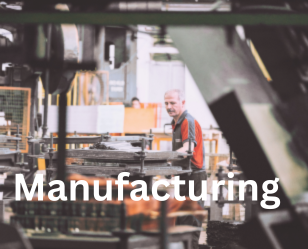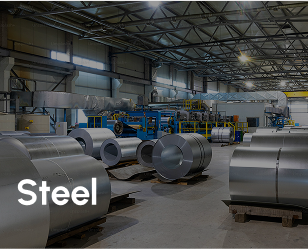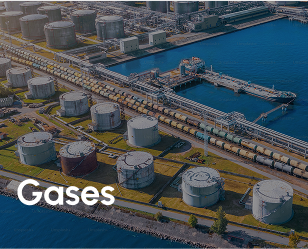Why RPA is Essential for Industrial & Manufacturing

Efficiency & Productivity
Frees up resources for high-value tasks.

Cost Optimization
Eliminates inefficiencies and reduces labor costs.

Scalability
Adapts to changing production demands effortlessly.

Risk Mitigation
Strengthens compliance and minimizes operational errors.







